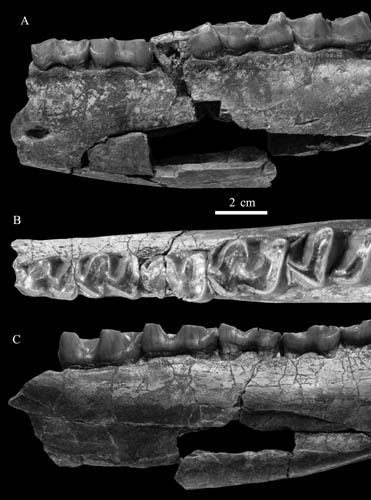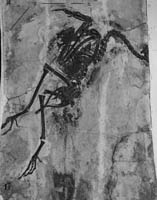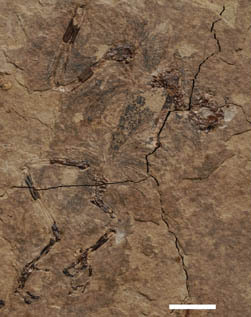 |
First Enantiornithine Bird Found From the Upper Cretaceous of Southern China |
| Most known Enantiornithes from China are from the Jehol Group (131–120 million years ago), which has yielded numerous and exquisitely preserved Lower Cretaceous birds, and all known Enantiornithes are restricted to northern China. In an article published in the latest issue of Journal of Vertebrate Paleontology 34(... |
|
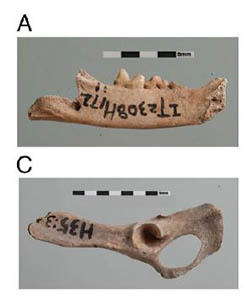 |
Cat Domestication Traced to Chinese Farmers 5,300 Years Ago |
| Domestic cats are one of the most popular pets worldwide, but little is known about their domestication. In a study published December 16, 2013 in PNAS, Dr. HU Yaowu, Key Laboratory of Vertebrate Evolution and Human Origins of Chinese Academy of Sciences, and Institute of Vertebrate Palaeontology and Palaeoanthropol... |
|
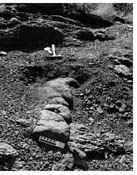 |
Tracing Large Tetrapod Burrows From the Permian of Nei Mongol, China |
| Pre-Cenozoic terrestrial tetrapod burrows have been found in North America, Antarctica, Morocco, and Poland. These burrows are identified as the production of dicynodonts, cynodonts, therocephalians, therapsid or mammals, procolophon, archosaurs or turtles, although only some of them are based on direct evidence. Dr... |
|
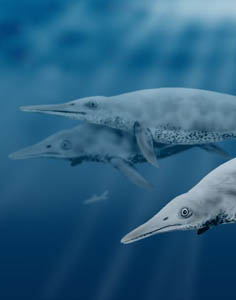 |
Exploring Sexual Dimorphism in Large-sized Long-snout Ichthyosaurs |
| A large number of large-sized long-snout ichthyosaur skeletons have been excavated from Guanling, Guizhou and adjacent areas since 2000. Totally 14 specimens had been described and reported often as different genera and species. Recently, based on the similarity of the cranial morphology, all of these specimens were... |
|
|
|
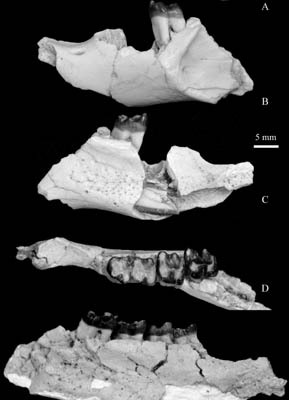 |
Ischyromyid Rodents Found from the Eocene of Erlian Basin in Nei Mongol |
| The ischyromyids are the most primitive rodents that have a Holarctic Paleogene distribution. Members of the family are predominant in Paleogene rodents of North America, but are relatively rare in both Asia and Europe. In a study published in the latest issue of Vertebrata PalAsiatica 51(4), Drs. LI Qian and MENG J... |
|
 |
New Protorosaur Found From the Middle Triassic of Southern China |
| Protorosaur was a diverse marine reptile group characterized by long necks and elongated neck vertebrae bearing cervical ribs that extend across at least two intervertebral joints. The constitution of the protorosaurs is very unclear. In a study published in the Journal of Vertebrate Paleontology 33(5), paleontologi... |
|
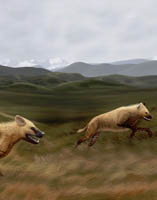 |
New Cursorial Hyena Found From the Late Cenozoic Zanda Basin of Tibetan Plateau |
| During the 2009 field season, an international team led by Dr. LI Qiang, Institute of Vertebrate Paleontology and Paleoanthropology (IVPP), Chinese Academy of Sciences, discovered skull fragments of a fossil hyaenid from a gully off the northern trail of Zandagou in the late Cenozoic Zanda Basin in southwestern Tibe... |
|
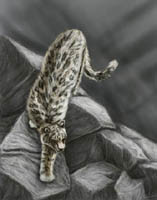 |
New Pantherine Fossils Found From the Zanda Basin of the Tibetan Himalaya |
| Pantherine felids, known as “big cats”, include the largest living cats, apex predators in their respective ecosystems. Although the oldest pantherine fossils occur in Africa, molecular phylogenies point to Asia as their region of origin. There was a division between the DNA data and the fossil record, mainly beca... |
|
|
|




